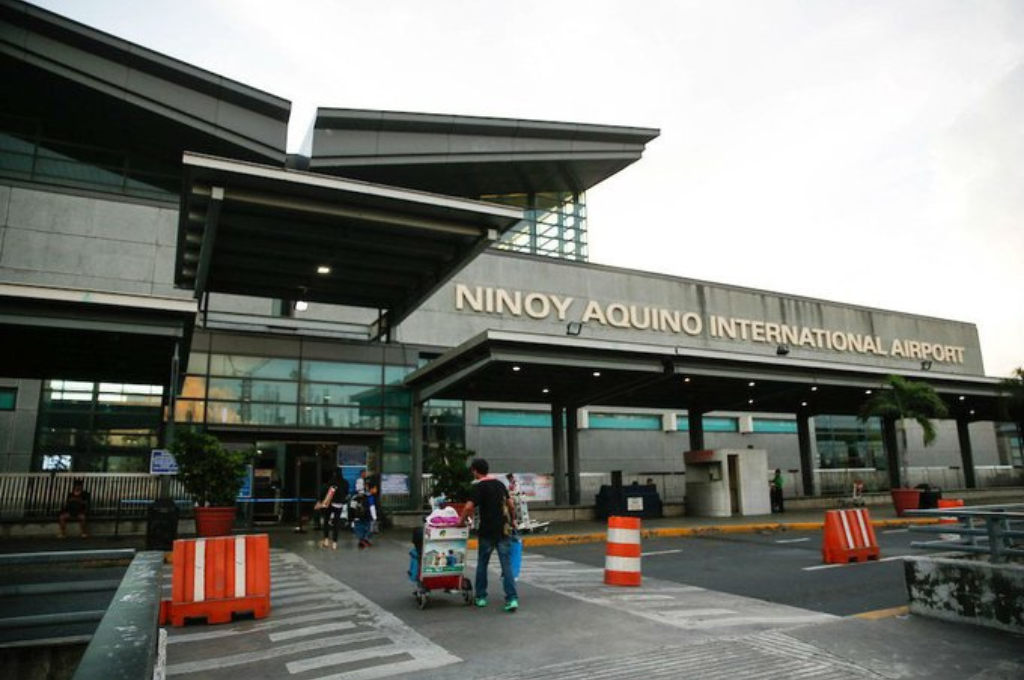In a move aimed at efficiency and advanced functionality, the Department of Transportation (DOTr) has set plans in motion for the privatization of the Ninoy Aquino International Airport (NAIA) by the first quarter of 2024. This September, the department plans to open bidding for private firms interested in this major Public Private Partnership (PPP) venture.
The Undersecretary for Aviation at DOTr, Bobby Lim, emphasized the need for such a step. The persistent delays in procuring necessary components and making crucial repairs have proven to be a hindrance in the airport’s operations. A PPP, as Lim explained, accelerates investment rates, facilitating the introduction of much-needed technological innovations.
While assets of NAIA will remain under government ownership, the role of the private concessionaire will primarily involve operations and management. Ensuring adherence to the stipulated project terms and conditions will be a joint task for the Manila International Airport Authority (MIAA) and DOTr.
One of the primary upgrades targeted under the PPP project is the digitalization of NAIA’s facilities. This includes the incorporation of biometrics for passenger identification, improving passenger flow management, and an upgrade to the Manila Control Tower’s equipment. The digitalization goal has been inspired by the control tower at London Gatwick Airport, which features cutting-edge technology, minimal staffing requirements, and efficient operations.
In addition to digitalization, the project seeks to introduce a range of other improvements such as additional boarding gates, electronic check-in counters, apron expansion, and enhancement of passenger boarding bridges. These upgrades, estimated to require a total investment of P141 billion over a 15-year concession period, are expected to substantially enhance NAIA’s operational capacity and user experience.
However, privatization may lead to a possible increase in the passenger terminal fee. While a definite decision on this matter is pending, DOTr has ensured that no immediate increase would be implemented until visible improvements in the airport’s facilities are evident.
DOTr is open to unsolicited proposals and plans to meet with a consortium of six Filipino conglomerates, the Manila International Airport Consortium (MIAC), to discuss their proposal worth P100 billion for NAIA. The MIAC, which includes international infrastructure giant Global Infrastructure Partners (GIP), predicts that post-privatization, NAIA will have the capacity to efficiently serve up to 62.5 million passengers annually by 2028, which is more than double its current capacity.
In conclusion, this privatization endeavor presents an optimistic vision for NAIA, setting the stage for efficiency and digitalization that aligns with international standards.
News Source: news.abs-cbn.com

















